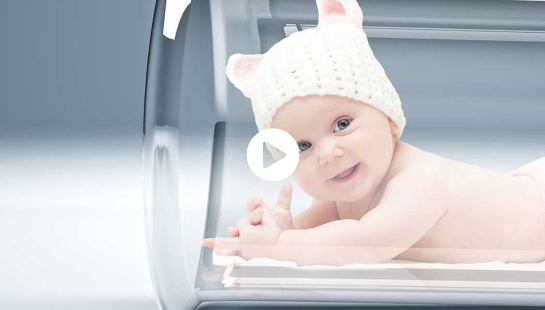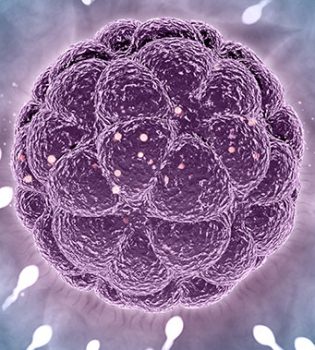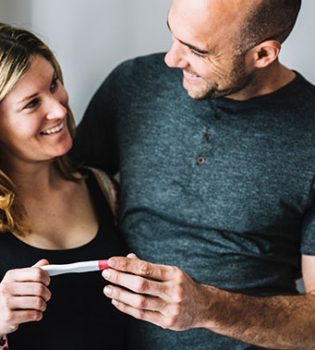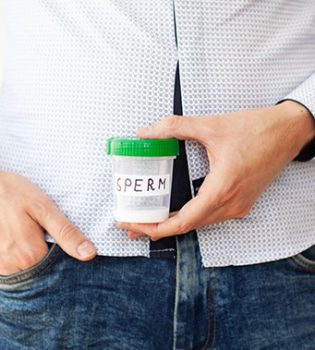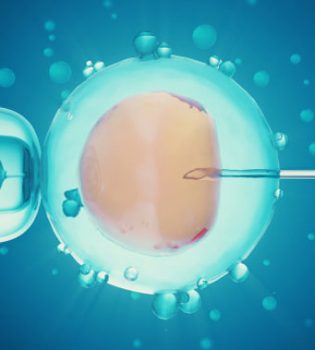Insemination-IUI
It is a treatment that is tried before IVF in unexplained and usually male-induced infertility. Insemination is an event that stimulates the female ovary and makes the egg crack, then washes the male sperms and selects the best ones and transfers them to the uterus. The main purpose is to remove the difficulties that male sperm will encounter and to bring more eggs and sperm to the fallopian tubes and to increase the possibility of meeting. It is not intended to prevent infertility, but to increase the probability of pregnancy. Insemination treatment can be applied before IVF as well as in infertility of unknown origin and in sperm disorder.
Is there a certain time limit for the applicability of the insemination method?
Insemination method is not preferred if infertility is more than eight years. A tube must be open in order to inseminate. If the tubes have not been examined before, this should be checked with laparoscopy or uterine x-ray. If no tube is open, treatment should be suspended or cancelled.
Does the age of the patient matter in the insemination method?
The age of the patient is important in the treatment with the insemination method. It is not recommended to use on patients over the age of forty. Women’s ovaries should be stimulated with medication. Otherwise, if the eggs are inseminated with a single egg formed without stimulation, pregnancy rate will be very low. This rate is around five percent. Even if the problem is stemming from the male, the ovaries should be stimulated. This stimulation is done with Letrazole or Clomiphene citrate pills or Gonadotropin injections.

What are the things to be done for the woman while the insemination is applied?
A woman’s ovaries must be properly stimulated prior to insemination. There can be two types of stimulation, pill, and injection. In the stimulation made with the injection, many eggs are created and there is a higher chance of pregnancy than the pill. Injection treatment is much more expensive than the other. The control of the stimulated egg is made by US control. When the eggs grow and mature, they are cracked with a fracturing injector and after Forty to Thirty hours, the sperm are washed and mobilized, then condensed and injected into the uterus. There is something we need to tell couples at this stage of insemination. If the number of eggs is four or more, the probability of triplet and multiple pregnancy increases. If necessary, insemination treatment is cancelled.
The probability of pregnancy increases to 15 percent with the vaccine method. This method should be tried at most three or four times. Those who cannot become pregnant should resort to in vitro fertilization. The most undesirable thing here is multiple pregnancy. For this reason, this should be known in those whose ovaries are overstimulated, and if necessary, the treatment should be cancelled and directed to the in vitro fertilization method. Another risk of insemination is inflammation. In women who have discharge before insemination, microbial agents in the vagina and uterus can enter the uterus and infect the ovaries and tubes. Groin pain and cramps are normal after insemination.
How is the insemination method decided?
In those who apply for infertility, some tests are performed to determine the cause, these are Semen Analysis in men, Uterine film used in the evaluation of the uterus and tubes in women, Hormone test (for evaluating ovarian capacities), Diagnostic hysteroscopy or Laparoscopy.
Men with ejaculation problems can also be vaccinated. Ejaculation problems can be caused by diabetes, MS, sperm discharge into the bladder, trauma, bladder operations and some medications.
How soon after the insemination method can information be obtained for the result?
Within 2 weeks after insemination, you can find out if you are pregnant. Using progesterone in these two weeks will be beneficial for the result.
Quotation from brukseltupbebek.com.
